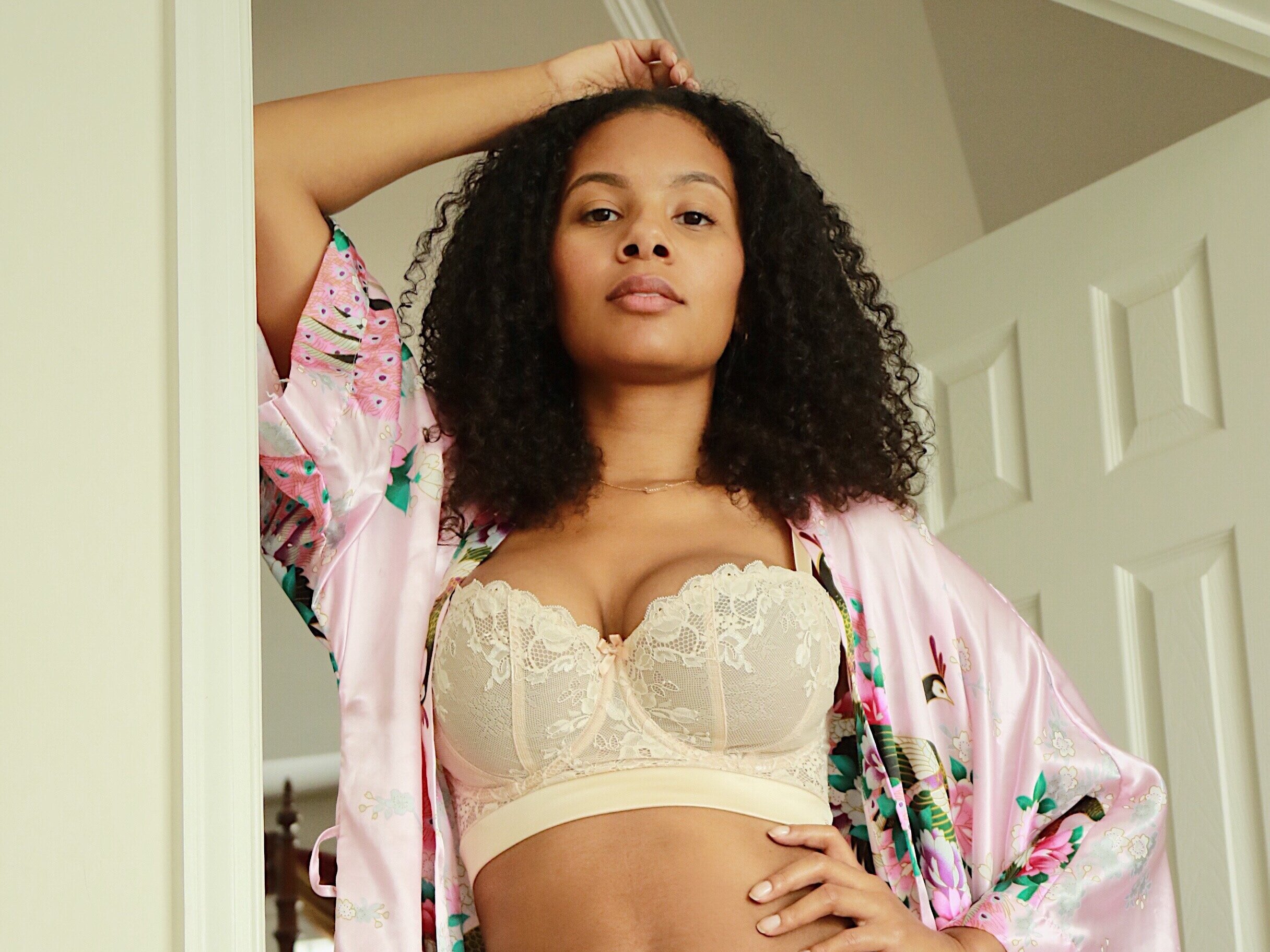Prenatal Skincare: Key Ingredients to Avoid During Pregnancy and Where to Find Them
Brooke Slade
There are few things that make me feel more together than having a solid skincare routine in place. Taking the time each day to care for my skin, and myself makes me feel good for two reasons:
The routine itself allows me to slow down and do something for myself.
The return on my small investment (15 mins morning and evening) is glowing, healthy skin.
I’ve spent nearly 11 years piecing together the perfect skincare routine. I’ve tried everything from 3 step basic skincare kits to oil cleansing and 10-Step K-Beauty. Each time, discovering some wonderful takeaways, but never truly finding a routine that fit my skin “to a tee”.
Enter pregnancy. My skin changed drastically and, seemingly, overnight. I went from having pretty good skin (IMO), with the occasional hormonal breakout, to new skin that I barely recognized and had no idea how to treat. Thanks to all of the lovely baby-growing hormones floating around in my body, my skin was changing, rapidly. My skin went from near perfect (for me: clear, hydrated, calm) to bumpy, scaly, itchy and flaky in a matter of days. Then, in a matter of a few more days, I woke up one morning with “pregnancy glow” and clearer skin.
With my skin experiencing such an extreme variety of changes within such a short amount of time, I was literally on the edge of my seat waiting for the next change to happen. I wondered if I had more changes to prepare for— how would I manage? What would I need to do moving forward to care for my mama-to-be skin? I had no idea. So, I did what I always do when I have a problem that needs solving: I researched.
What I found was no surprise to me: I would have to change nearly everything about by skincare routine. As a skincare lover, I was kind of bummed because my skincare routine, at the time, seemed to be working: a K-Beauty inspired daily routine and a facial once per month. However, pregnancy would require tossing a good chunk of my regular products, because they were made with chemicals known to be unsafe for pregnancy.
Fun fact: many of the “harmless” chemicals founds in skincare products are not pregnancy safe. I was stunned to find that many of my go-to skincare acids (like glycolic and salicylic) and vitamins (like vitamin A) were off limits.
Here’s a list of skincare ingredients to avoid during pregnancy (and where to find them):
Salicylic Acid & Benzoyl Peroxide (acne treatments, and serums)
Vitamin A & Retinoids (retinol creams & retinol/vitamin A serums)
AHAs & BHAs (glycolic acid, salicylic acid, lactic acid)
Formaldehyde (used as a preservative in some makeup like mascara)
Hydroquinone (depigmenting/lightening agent found in some skincare products, and sometimes in those that promise “brightening”)
Phthalates (oils, soaps, shampoos and more)





